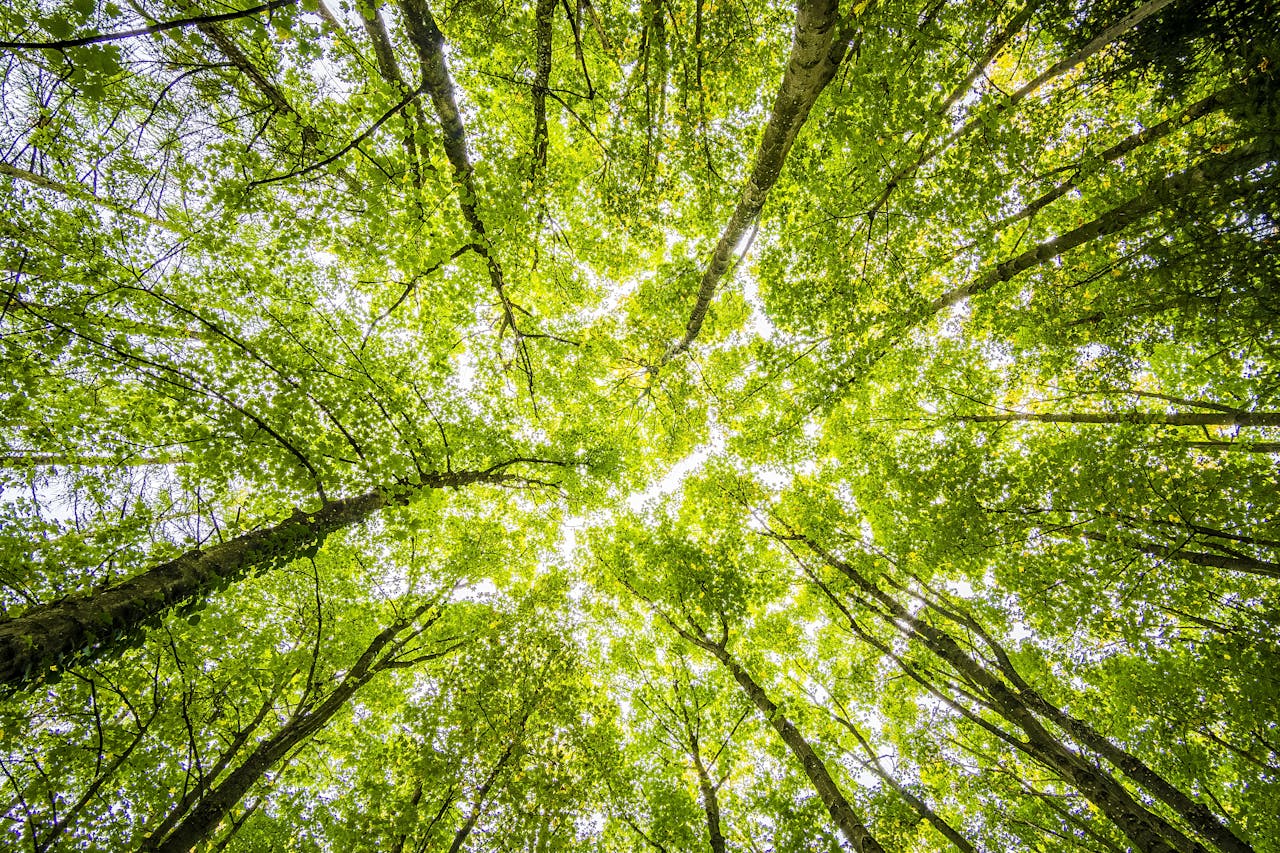Trees are more than just majestic features of our landscapes; they are vital components of our ecosystem. At the heart of maintaining and enhancing these green assets are arboriculturists. These professionals play a crucial role in both urban and rural settings, ensuring that trees continue to thrive and contribute to the environment.
The Role of Arboriculturists in Urban and Rural Landscapes
Arboriculturists are essential in managing and caring for trees in various environments. In urban areas, they are responsible for the health and safety of trees lining streets, parks, and residential areas. Their work helps mitigate risks such as falling branches and ensures that trees do not interfere with power lines or structures. To learn more about tree care and management in your area, search “arboriculturist Hampshire” on Google to find professionals who can assist with maintaining healthy and safe landscapes.
In rural landscapes, arboriculturists focus on preserving forests and woodlands, ensuring that these areas remain healthy and biodiverse. Their expertise is critical for managing tree populations, combating pests and diseases, and maintaining habitats for wildlife.
Techniques for Tree Preservation and Care in Environmental Design
One of the key responsibilities of an arboriculturist is to use specialised techniques for tree preservation and care. This includes pruning, which helps maintain the tree’s structure and encourages healthy growth. Soil management is another crucial aspect, as it ensures trees receive the necessary nutrients and water.
Arboriculturists also employ advanced methods such as cable bracing to support weak branches and prevent them from breaking. These techniques are vital in environmental design, where the integration of trees into landscapes must balance aesthetics with sustainability and safety.
The Impact of Trees on Climate Change Mitigation and Air Quality
Trees are powerful allies in the fight against climate change. They absorb carbon dioxide, a major greenhouse gas, and release oxygen, improving air quality. Arboriculturists contribute to this effort by planting and maintaining diverse tree species that are well-suited to their environments.
The strategic placement of trees can also reduce urban heat islands, areas where temperatures are significantly higher due to human activities. By cooling the air and providing shade, trees help lower energy consumption and reduce the overall carbon footprint of urban areas.
Arboriculture as a Career and the Skills Required
A career in arboriculture is both challenging and rewarding. Arboriculturists must have a deep understanding of tree biology, soil science, and pest management. Practical skills such as climbing and using specialised equipment are also essential.
Professionals in this field often pursue certifications to validate their expertise and commitment to the industry. Continuous education is crucial, as the field constantly evolves with new research and techniques.
Case Studies of Successful Arboriculture Projects
Across the globe, successful arboriculture projects highlight the importance of professional tree care. For instance, the reforestation efforts in Brazil’s Atlantic Forest have restored thousands of hectares, bringing back biodiversity and stabilising local climates.
In urban areas, projects like New York City’s MillionTreesNYC have transformed the cityscape, improving air quality and providing green spaces for residents. These case studies demonstrate how arboriculturists can drive significant positive change in both urban and rural environments.
The Importance of Community Engagement in Tree Preservation
Community involvement is crucial for the success of tree preservation initiatives. Arboriculturists often work with local residents, schools, and organisations to promote awareness and participation in tree care activities. Educational programs and volunteer tree planting events foster a sense of ownership and responsibility towards local green spaces.
Engaging the community ensures that tree preservation efforts are sustainable and supported by those who benefit most from healthier environments.
Upcoming Trends and Innovations in Arboriculture
The field of arboriculture is continually advancing with new technologies and methods. Drone technology, for example, is being used for aerial surveys and monitoring tree health. This allows arboriculturists to assess large areas quickly and accurately.
Another emerging trend is the use of biochar, a form of charcoal that improves soil quality and enhances tree growth. Innovations like these are making tree care more efficient and effective, helping arboriculturists meet the challenges of modern environmental stewardship.
Conclusion
Arboriculturists are indispensable stewards of our natural and urban landscapes. Their expertise and dedication help protect and nurture trees, which in turn sustain our environment and improve our quality of life. For those passionate about trees and environmental preservation, a career in arboriculture offers the opportunity to make a tangible impact.
